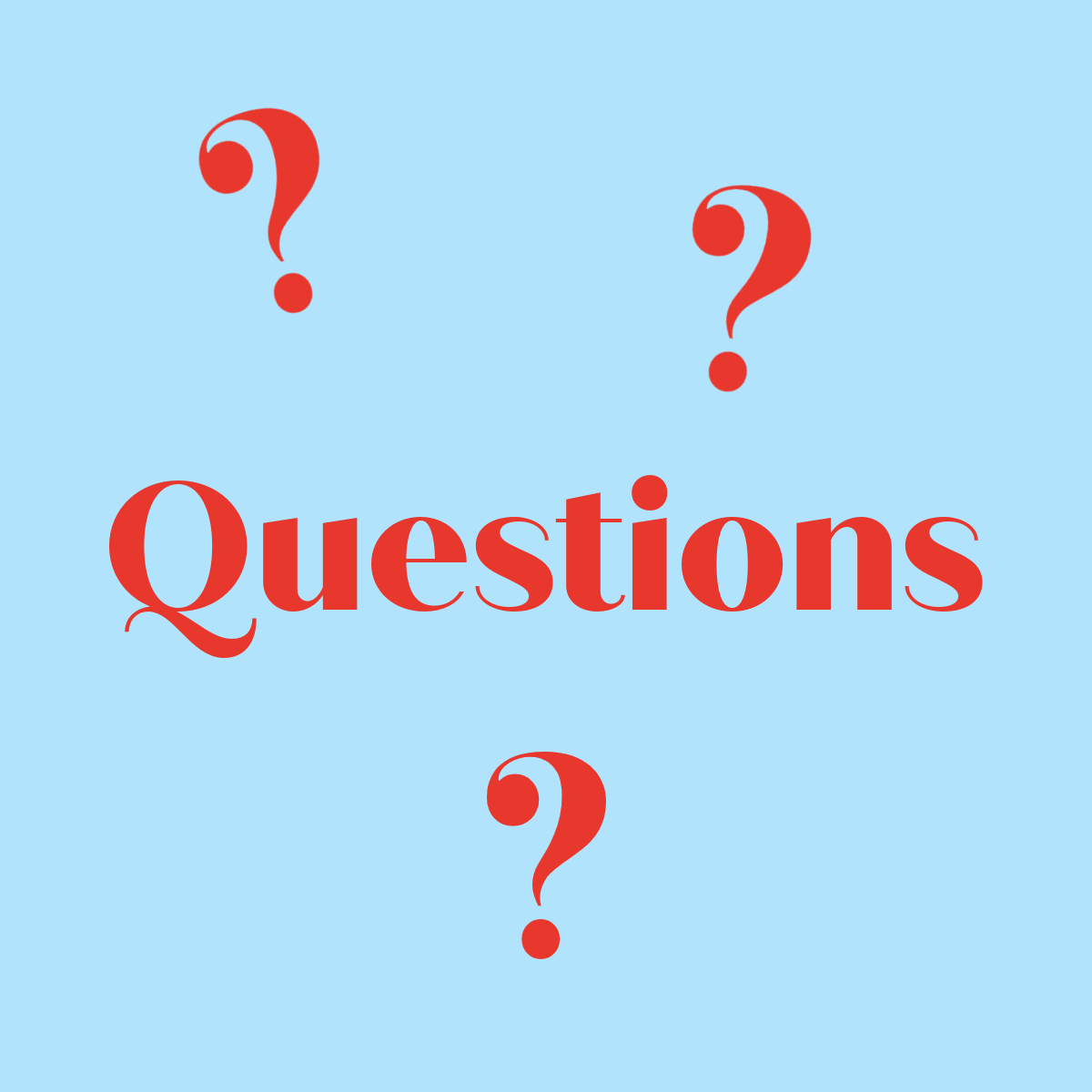FAQs About Recipes on Family Around the Table
Here you’ll find answers to frequently asked questions – FAQs about recipes on Family Around the Table.
If you don’t see your answer here, contact me via Facebook direct message or by leaving a comment on the recipe you have a question about, and I’ll get back to you as soon as I can.
FAQs About Recipes
Questions about Measurements
Why don’t you abbreviate measurements?
I choose not to abbreviate common measurements, such as tsp for teaspoon, because it’s very easy to mix them up when cooking. If a recipe calls for a teaspoon of salt and someone thinks a tsp is a tablespoon, the recipe will be far too salty. I prefer to spell out the measurements so the recipes are a success when you make them.
How precise do I need to be when measuring for cooking?
That depends. If you’re baking, you need to be very precise because it’s a science. And because if you use too much baking powder, as an example, your recipe will likely have a bitter aftertaste.
In cooking there can be a little bit of wiggle room. I say this because many home cooks I know don’t measure and are very successful. If you are an experienced cook. you may be more comfortable doing your thing but if you are new to cooking, my suggestion is to follow recipes exactly for the best chance of success.
How do I convert ounces to grams?
My absolute favorite conversion chart for ounces to grams comes from King Arthur Baking. It’s their ingredient weight chart. I like it because all the King Arthur company does is bake and cook so I trust them to be right. Their conversions chart, which is different than the ingredient weight chart and worth a look, is also a very helpful kitchen resource.
This second resource also covers additional aspects of cooking and baking such as temperature conversions from Fahrenheit to Celsius and more.
Can you use the same measuring cups and spoons for liquid and dry ingredients?
Another difficult question to answer. For tablespoons and teaspoons use the same tool. Measuring spoons work for both dry (baking soda, spices, etc.) and wet (oil, vanilla, and other extracts, etc.) ingredients.
Dry measuring cups are necessary for sugar, flour, cornmeal, etc., or “dry” ingredients. Wet measuring cups are used for any liquid such as water, milk, oils, and other “wet” ingredients.
Pro Tip!
Have 2 sets of each type of measuring utensils so you’re not washing the “wet” out of the teaspoon when you need to measure something “dry”.
General Questions about Recipes
More FAQs about recipes
When you say flour what type do you mean?
Unless otherwise indicated, all recipes on Family Around the Table use all-purpose flour when it states flour. You can see in this recipe I specify to use whole wheat flour.
When you use eggs in your recipes what size are you using?
Just like the flour question above, unless I mention otherwise, use large eggs.
There are different kinds of vanilla, which one do I use?
Yes, there are different types of vanilla – Mexican, Tahitian, Madagascar, and more. Plus there is imitation, clear, and pure vanilla extract. The geographical location of your vanilla isn’t as important as using pure vanilla extract.
Use whatever you enjoy, my preference is Madagascar vanilla but always use pure vanilla extract for best results.
Can I use baking soda interchangeably with baking powder?
That’s a big NO! Though they are both leavening agents they can not be substituted for one another.
Here’s why: Baking soda is sodium bicarbonate, which requires an acid (vinegar, citrus juice, etc.) and a liquid to become activated and help baked goods rise. Baking powder, on the other hand, includes sodium bicarbonate, as well as an acid. It only needs a liquid to become activated.
Can I substitute salted butter for unsalted butter?
Yes, you can. With one caveat, if you do use salted butter in a recipe, reduce the amount of salt you add to the recipe. A good rule of thumb is to reduce the salt by 1/4 teaspoon for each 1/2 cup of butter.
What exactly does room temperature butter mean?
Butter is considered room temperature when you gently press it and there’s a small indentation. You do not want your finger to press halfway into the butter. It should be slightly cool and not look greasy but rather glossy.
Can I soften butter in a microwave?
That’s a big no! Microwaves heat from the center out. Using a microwave will melt the butter in the middle and make the ends too soft. An easier way to bring butter to room temperature is the hot glass method.
To soften butter with a glass, fill a microwave-safe cup or a 2-cup Pyrex measuring cup with water and microwave it for 5 minutes. Make sure the glass you are using will cover the butter when it’s standing on its end. You don’t want the glass to touch the butter.
Pour out the water when it’s done. Stand the butter up on one end while it’s still in the wrapper and place the glass over the stick of butter. Leave it for 5-10 minutes, creating a sort of butter sauna. Remove the glass and your butter should be perfectly softened and ready to use.
I hope you have found these FAQs about recipes helpful.

